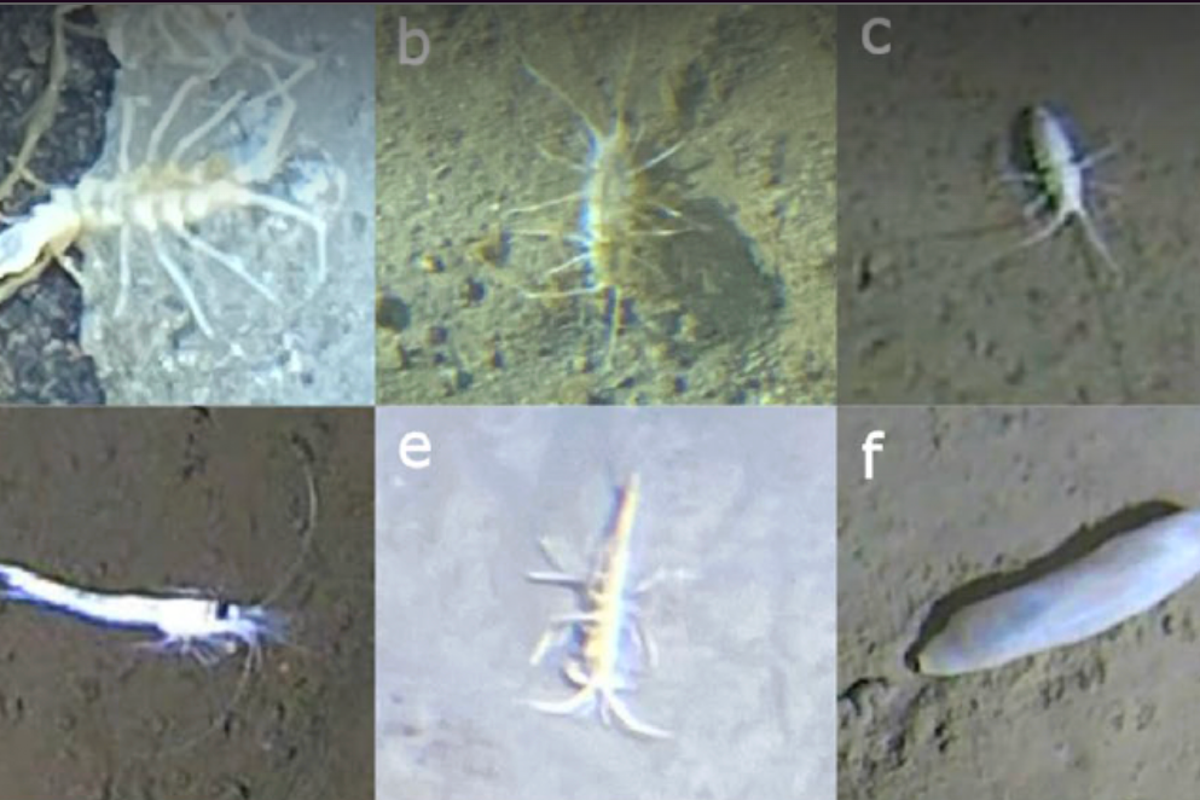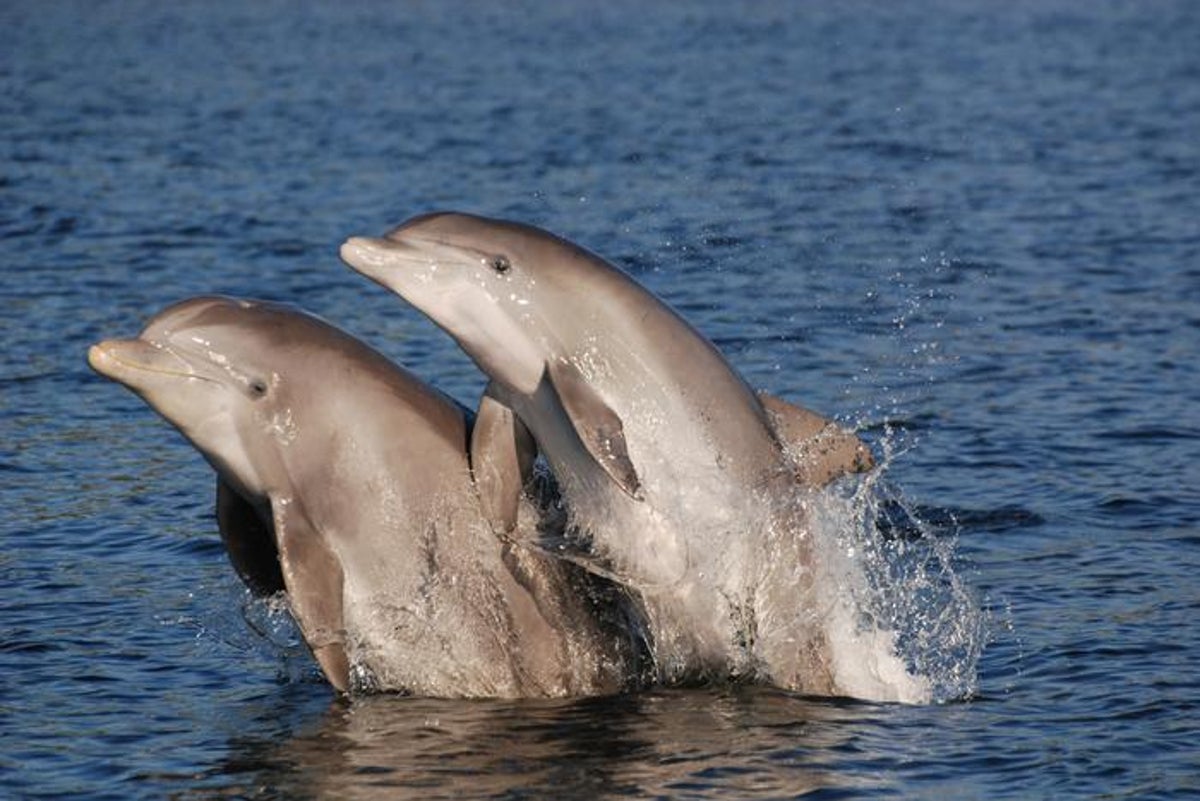The discovery of rapid adaptions among sea creatures in Japan’s ‘Ring of Fire’ trenches is the stark reminder of nature’s resilience, posing a challenge to humanity’s understanding of biodiversity just as climate change threatens it crucially, raising ethical dilemmas about environmental priorities and capitalist exploitation of deep-sea resources.
The Pacific Ring of Fire, a region in the basin of the Pacific Ocean where a large number of earthquakes and volcanic eruptions occur, is not just a geological marvel; it is also a profound marine ecosystem exhibiting some of the most unique biological diversity on the planet. Among its features are the deep-sea trenches, such as the Japan Trench, which dive into extreme depths that are often considered among the last frontiers of Earth’s unexplored territories. Recent documentation has provided one of the most comprehensive insights into the seafloor biodiversity in these abyssal waters, revealing rapid adaptations in marine life that challenge our understanding of evolution and survival.
The observation of seafloor biodiversity at such depths points toward a staggering array of life forms that have evolved under high-pressure, cold temperatures, and complete darkness. Scientists have noted that the creatures inhabiting these trenches display remarkable adaptations that not only ensure their survival but also provide critical insights into the processes of evolution, resilience, and the potential impacts of climate change. These adaptations range from unique feeding mechanisms to the development of bioluminescence, making them subjects of intense research and interest.
The adaptation of marine organisms in the Japan Trench offers a stark contrast to terrestrial ecosystems, where biodiversity is often threatened by human activities—deforestation, pollution, climate change, and more. In the trenches, however, life continues to thrive in ways that are often beyond our comprehension. For instance, extremophiles are organisms that have evolved to survive in extreme environments, with some species of bacteria or archaea capable of living in conditions that would be fatal to most other forms of life. This contrasts sharply with the challenges faced by land species, which are pushed to the brink due to human interference.
The implications of such discoveries extend beyond mere biological curiosity; they compel us to revisit our ethical responsibilities toward conservation and environmental management. How can societies justify exploiting such vulnerable yet resilient ecosystems for commercial purposes? The mining of seabed resources, such as rare minerals and deep-sea fishing, raises significant ethical questions. The ocean is often viewed as an infinite resource; however, these trenches, housing rapidly adapting organisms, serve as a reminder of the intricate networks of life that we are still beginning to understand.
Moreover, as scientists document these species and their adaptations, it raises questions about the potential for new technologies inspired by marine life. Biologically inspired designs, or biomimicry, takes cues from the functional features of nature to innovate solutions for human challenges. For instance, studying the unique properties of deep-sea organisms can unveil new medical treatments or materials, underscoring the importance of conserving these ecosystems.
The rapid adaptations of these sea creatures reveal a major narrative in the ongoing dialogue about climate change. As temperatures rise and oceans become more acidic, the future of marine biodiversity hangs in the balance. The resilience exhibited by the organisms in the Japan Trench may provide critical insights into whether marine species can withstand the impacts of anthropogenic changes. However, the speed of environmental change may outpace the ability of these species to adapt, leading to catastrophic losses in biodiversity.
In light of the deep-sea discoveries, there is also concern regarding the regulatory frameworks in place, or rather the lack thereof, for protecting deep-sea ecosystems. International efforts, such as the United Nations Convention on the Law of the Sea, aim to protect the high seas, but enforcement can be challenging. The potential for exploitation increases as technology evolves, making deep-sea mining and fishing more accessible than ever before.
As news of biodiversity in the Ring of Fire continues to circulate, it has sparked renewed interest in ocean conservation campaigns. Advocacy groups are increasingly vocal about the need to establish marine protected areas that encompass these critical habitats, aiming to safeguard them from over-exploitation. The juxtaposition of technological advancement and environmental preservation presents a complex arena where ethical, political, and capitalist narratives clash.
The constantly evolving landscape surrounding the discovery of species in the Japan Trench calls for a collective urgency. The remarkable adaptability of these creatures highlights the need for humankind to learn from these ecosystems rather than see them as mere commodities to exploit. The stark truth remains that as we continue to push the boundaries of exploration, we must question our motivations and the environmental legacies that may emerge from our actions.
As researchers dive deeper into these marine environments, new questions will certainly arise. Are there yet undiscovered species with further amazing adaptations that have yet to be documented? What does the biology of these organisms tell us about the history of life on Earth? With the oceans still largely unexplored, the inherent mysteries of the deep sea remain tantalizingly out of reach, waiting for humanity to tread lightly and respectfully.
This exploration of biodiversity in Japan’s ‘Ring of Fire’ trenches has opened a Pandora’s box of possibilities for understanding life itself, elevating the discourse around conservation, adaptation, and humanity’s moral duty toward its planetary neighbors. How we choose to engage with and protect these oceanic wonders will determine not only their fate but also the health of our own ecosystems and the planet’s future. The lessons derived from the rapid adaptations of seafloor inhabitants become compelling messages about the urgent need to reposition our role as stewards rather than destroyers of our natural world. As awareness of these ecological implications grows, it must prompt societal reflections on our interconnectedness with all forms of life, urging a collaborative movement toward sustainable practices that prioritize the vibrancy of our oceans.
Documentation provides one of the most detailed observations of seafloor biodiversity at these depths




